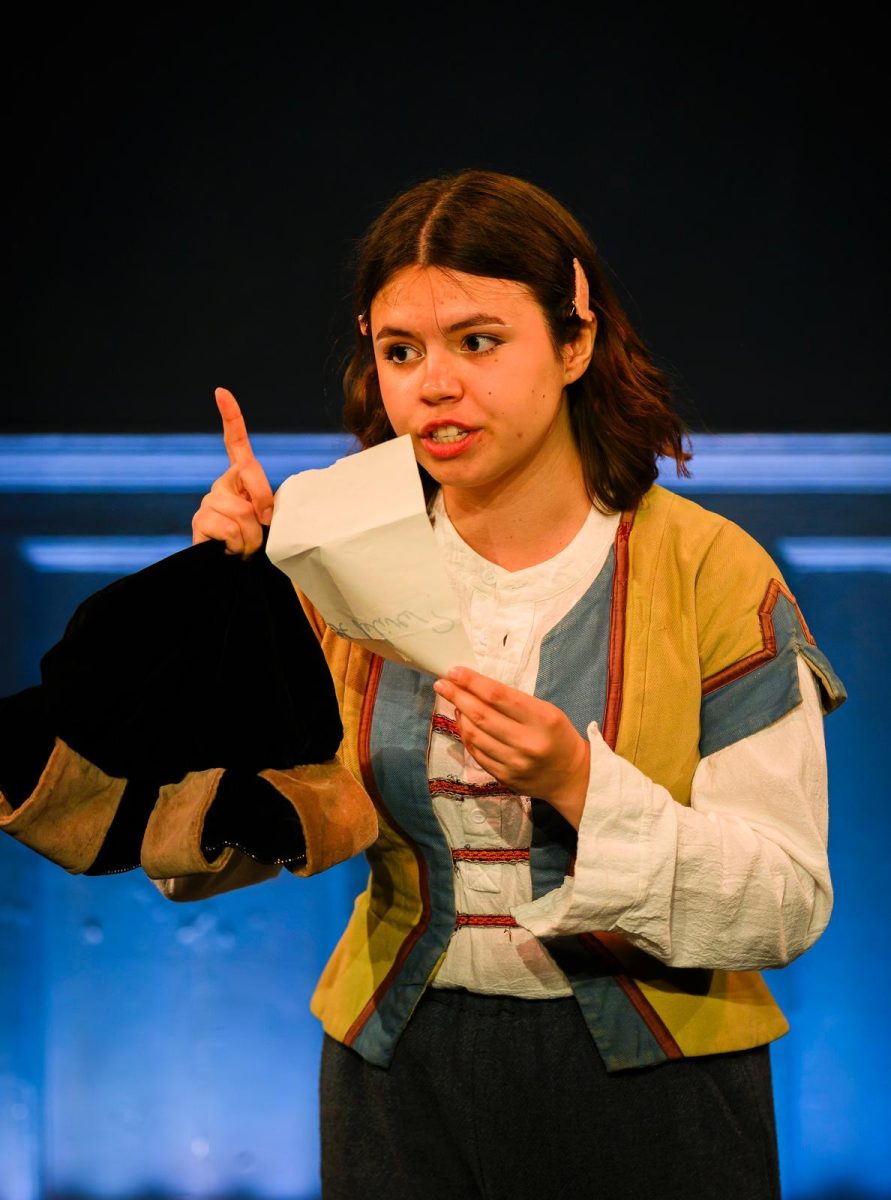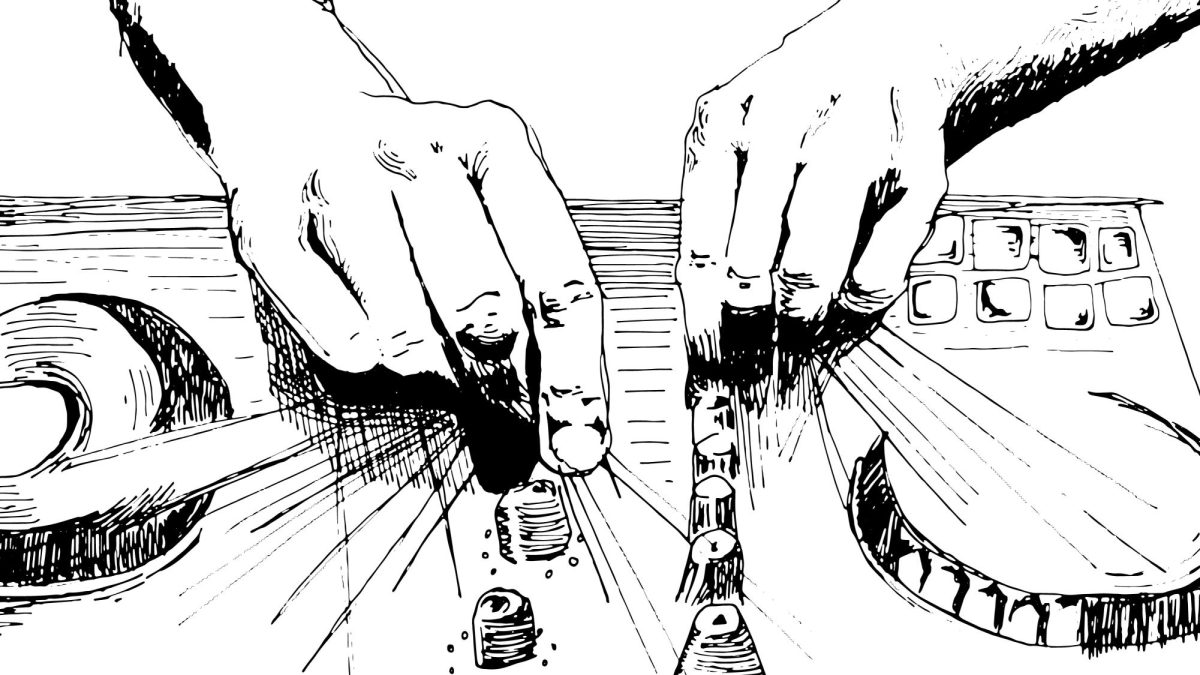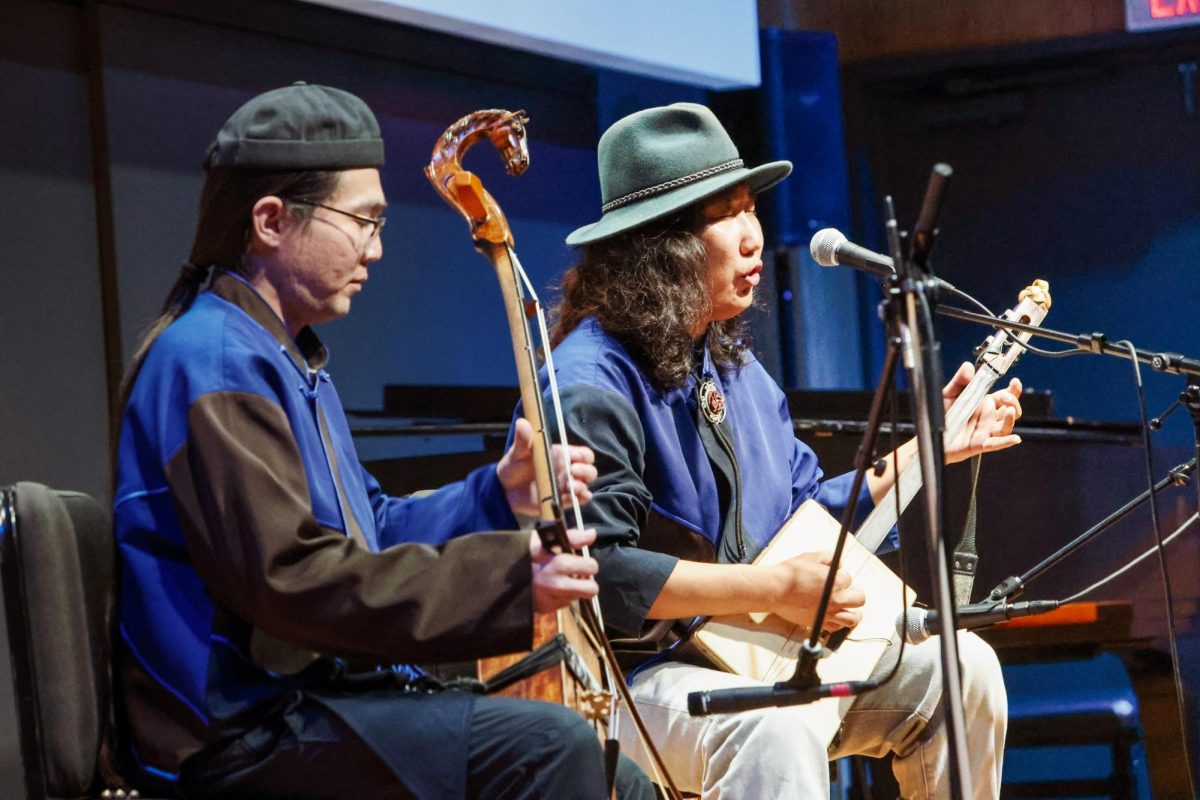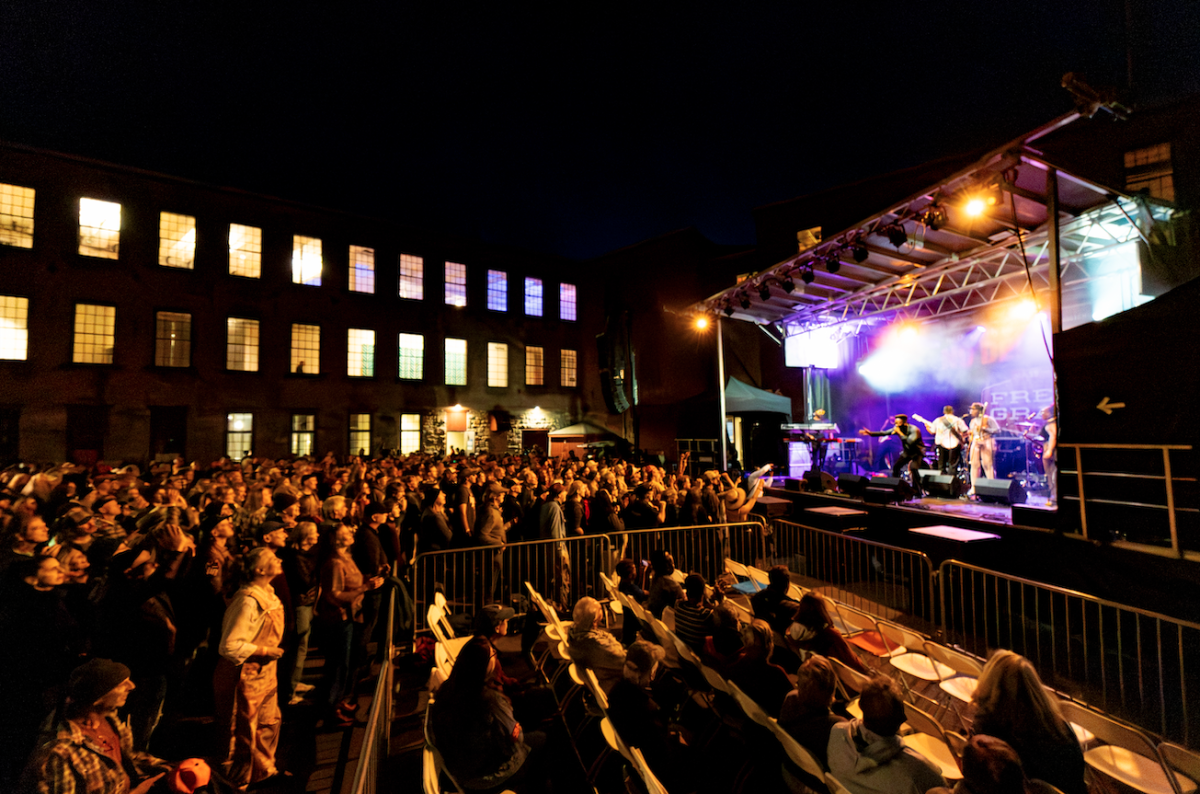Āddā in Bengali refers to the fine art of discussion, originally denoting a salon-like gathering at which the thoughts and persuasions of the day could be discussed in a gregarious, if sometimes vociferous, manner. A quintessentially Bengali concept, āddā these days could be described more as a meeting place for a group to indulge in a long chatter and gossip. The location for these conversations is often at a distance from the home, a neutral venue away from both the office and domesticity. Rimini Protokoll’s virtual interactive theatre performance, Call Cutta at Home is, in a way, an exploration of āddā in its most current manifestation – fragmented and separated by time and place, yet still finding that liminal space where we can all come together.
Part of CenterSeries, a ’62 Center program of performances and collaborative interdisciplinary residencies by renowned visiting artists, German theatre group Rimini Protokoll is the latest in a series of visiting artists in the program. The trio was founded in 2000 and consists of Helgard Haug, Stefan Kaegi, and Daniel Wetzel. In creating stage plays, interventions, scenic installations, and radio plays, the group’s works are known for their interactivity and playful use of technology. With this in mind, Call Cutta at Home, based on the similar in-person play produced in 2008 – Call Cutta in a Box – could most aptly be described as an intercontinental video conference play about outsourcing.
More than 12 years ago, Rimini Protokoll staged a 1:1 performative meeting between an Indian call center employee and a European theater visitor via telephone and Skype. It started as a business talk and grew more and more private and intimate. Although the play has gone through various iterations throughout the past decade, the questions it asks have remained the same: Who is there on the other end of the service-line? What do invisible workers look like? And what does outsourcing mean in the times of COVID?
In the context of 2020, this piece has taken on new meaning, with the platform of Zoom occupying a physically ambiguous and semiotically unstable middle ground as both art and non-art. This employment of such a ubiquitous video conferencing platform, however, is perhaps what makes Call Cutta at Home so dynamic: charming in its cleverness and simplicity.
Before the performance began, every registered attendee was sent an email stating that “…for this performance, if you are able, you will be asked to complete tasks and move around. We suggest you watch the performance on a portable device (phone, tablet, or laptop) with a head-set. Please have a piece of paper and pen handy.” This cryptic statement admittedly left me a bit perplexed, although simultaneously intrigued by what was to come. And indeed, what did come was quite unlike any performance I’ve ever attended, or rather, participated in.
The performance took place in gallery mode, with attendees being asked to turn their cameras on – in a way, this democratization of seeing rendered the audience as “performers” in their own right. Split into five acts, Call Cutta at Home begins with Sunny (Suyanaya Roy), at her home in Tallinn, Estonia, calling Madhu (Madhushree Mukherjee), at her home in Kolkata, India. Madhu, throughout the one-hour long performance, reflects on her past experience working as an Indian call center worker, and the economic and personal implications of the job. From the very start of the performance, the line between reality and art is rendered fallible; the audience is left wondering whether Madhu’s poor audio connection is actually part of the performance or an actual technical difficulty. This first act explored concepts of the gaze and being seen; thinking about the impersonal nature of being a call center worker – in that both the client and caller remain visually anonymous. Attendees were asked to draw a portrait of how they imagine Madhu to appear, while she serenaded the audience with a Bengali song. Throughout the performance, this element of participation was drawn upon again and again; at one point, attendees were asked to hide under their desks. In another act, we were directed to walk to our kitchen and make ourselves a cup of tea.
I was struck by the level of intimacy that was fostered and cultivated as the play went along. Beginning as a Zoom call of 20 something complete strangers, the questions and activities assigned to us throughout the performance seemed to break down the inherent sterile nature of video conferencing. One act saw the audience being split into breakout rooms, with two attendees per room. My breakout room partner turned out to be an art history student, just like me – except located in the Netherlands. I found the irony of the two of us being paired together, and the sincerity of the few minutes we shared together, to be a really poignant moment.
Acts 4 and 5 flipped the dynamic of the performance by asking the audience to ask the questions. Strangely enough, the play drew to a close with each attendee being asked to lie down. Sitting outside the Zilkha Center, I found this to be a slightly difficult task but managed to make it work. Posing questions about death and the transience of human life, the play took on a more somber note, although it felt appropriate in a way, after the absurdity of the past hour.
The performance ended with Madhu singing a Bengali song once more; with her camera turned off, there was a certain sweetness to this shared moment between twenty or so strangers spread across the globe. If only for an hour on an otherwise typical Sunday afternoon, I feel lucky to have experienced āddā in Williamstown, of all places.








